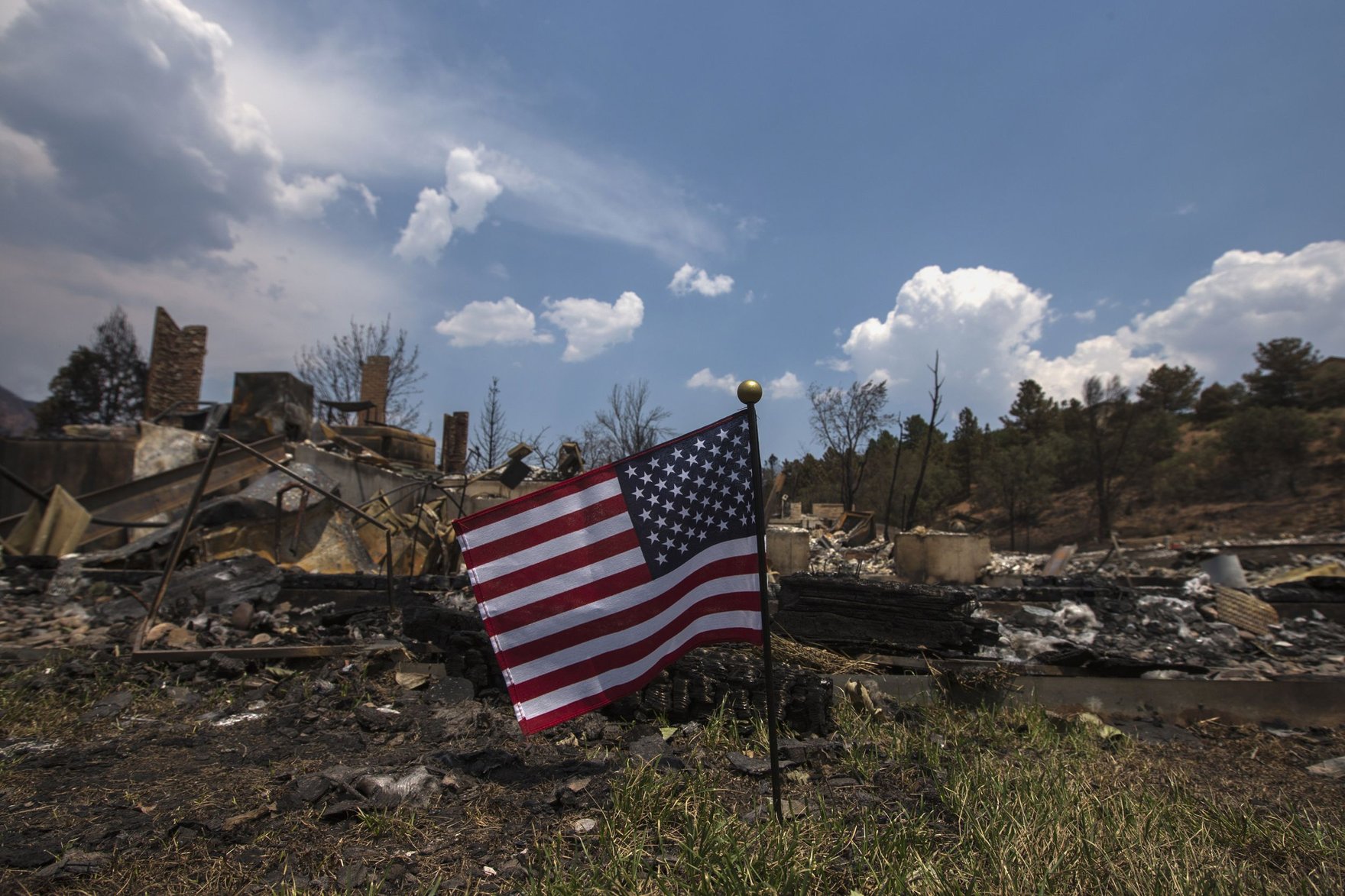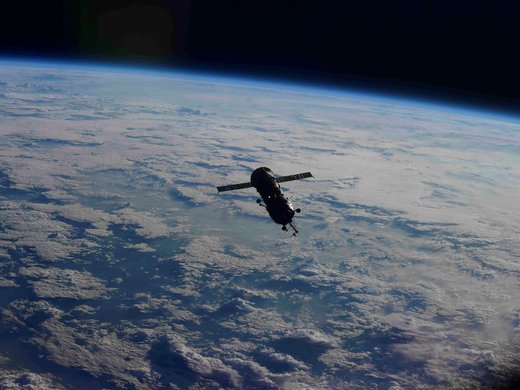The global order is undergoing a profound transformation, marked by a shift away from American unipolarity and toward a new era defined by multipolar rivalry. At the heart of this transformation is the role of risk and crisis as the cornerstones of a loosely coupled global system. Unlike the institutional certainties of the Bretton Woods order, today’s multipolar system is governed by the spectre of cascading collapse — climate tipping points, nuclear proliferation, technological disruption and the threat of great-power war.
The result is a global order not of harmony but of continuous risk management — held together less by ideological alignment than by a pragmatic recognition that cooperation, however limited or transactional, is the only alternative to catastrophe. These risks do not eliminate geopolitical competition, nor do they mitigate economic rivalry. Rather, they impose boundaries on the scope of multipolar struggle, as the costs of unchecked conflict rise to the level of existential peril.
This new era reflects not only the decline of Pax Americana but also the rise of a new order best described as Pax “Multipolaris.” More than a redistribution of power, Pax Multipolaris denotes a redefinition of how power operates across civilizational, ideological and technological lines of control. Under Pax Multipolaris, no single power sets the rules. Rather, peace is shaped through military deterrence and the shared threat of global extinction.
Beyond Pax Americana
The truth is that the era of Pax Americana has been eroding for some time. President Donald Trump’s return to the political spotlight signals a deepening retreat of the United States from its postwar role at the centre of the global system. Reframing global engagement as a burden rather than a strategic asset, the Trump administration has deliberately undermined transatlantic ties abroad while expanding America’s regional focus at home. Far from reaffirming global hegemony, US foreign policy is accelerating a shift toward multipolarity, where “America First” ultimately means “America alone.”
In this emerging order, no single hegemon dictates the terms of global stability.
Cemented after the Cold War, America’s unipolar moment was underpinned by liberal international institutions, US dollar hegemony and the unrivalled reach of American hard power. However, military overreach, economic overextension and internal polarization have eroded the credibility and coherence of American primacy. Internally, American policy has become a series of transactional gambles underscored by imperial hubris. Externally, rising powers such as China, India, Iran and Russia have begun reconfiguring the global order around a new balance of power.
The shift from Pax Americana to Pax Multipolaris marks a new configuration in power shaped by the singular threat of existential crisis. In this emerging order, no single hegemon dictates the terms of global stability. Instead, peace is sustained by a precarious balance of hard-power deterrence and economic interdependence. This fragile equilibrium does not preclude confrontation; it simply reaffirms the Cold War imperative to avoid collapse.
Multipolar Peace
In this context, Pax Multipolaris is less an ideal than a necessity — an enforced stability forged not through shared values but through shared vulnerabilities. Unlike the ideological frictions of the Cold War, today’s multipolar landscape is defined by pragmatic alignments and contingent partnerships, shaped as much by fear of collapse as by pursuit of power. As the threat of existential risk continues to move up the escalation ladder, nations are increasingly seeking strategic insulation from systemic shocks. The result is a world in which military deterrence and strategic supply chains now form the pillars of a delicate coexistence.
Rather than a return to Cold War bipolarity, global multipolarity is defined by a complex and fluid equilibrium, where peace — such as it is — stems from negotiated coexistence rather than from multilateral compliance. Where superpower rivalry once enforced a precarious balance through ideological and nuclear standoffs, today’s multipolar system operates without a unifying framework, replacing ideological confrontation with a patchwork of transactional alliances and ad hoc constraints.
In this new order, the old lines between allies and adversaries are being redrawn, with countries in the Global South aligning around new spheres of influence. Only the logic of survival provides the connective tissue linking the system as a whole. Indeed, only the shared recognition of potential system collapse provides the incentive for multipolar balance. This fragile equilibrium hinges on the ability of major powers to limit the scope of geopolitical rivalry, preventing localized conflicts from spiralling into system-wide contagion. Thus, multipolar peace persists not through trust or institutional strength but through exhaustion with chaos — a grudging acknowledgement that the alternative to uneasy coexistence is existential crisis.




